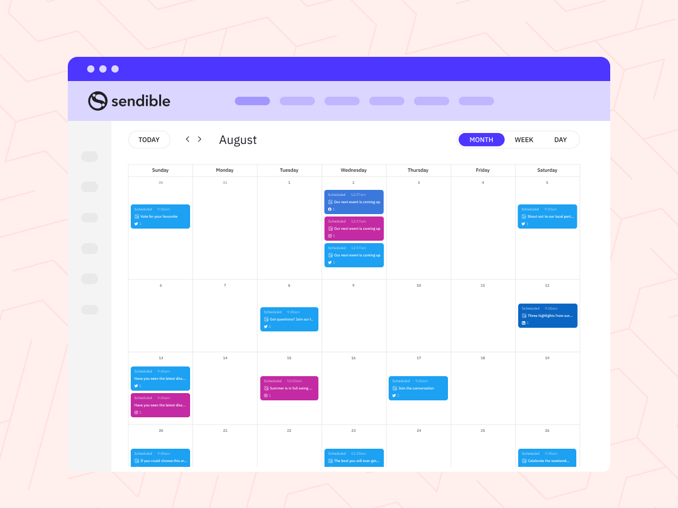Online review sites have become the de facto way for consumers to share feedback on products and services. And when prospective customers are considering a purchase, they're one of the first places they check.
But are you making the most of this valuable data for your clients?
Collecting star ratings and comments is fine, but it's just a start. You can use customer testimonials to create social media posts that engage your audience and build trust in your client's products and services.
In this guide, you'll discover:
- Why promoting positive customer reviews on social media matters
- How reviews work on different platforms
- How to promote reviews and customer testimonials on social media
- How to encourage customers to leave reviews
Why promoting positive customer reviews on social media matters
The number of social media users keeps on growing.
According to the latest Digital 2022 Global Overview Report:
- There are now more than 5 billion active social media user identities, with the global total reaching 5.04 billion at the start of 2024.
- Social media user identities figure has increased by 5.6% over the past year, with 266 million new users starting to use social media for the first time over the course of 2023.
So, it's safe to say that people continue to use social media despite the bad press surrounding some networks. And one of the reasons they use it is to canvas opinions on products and services.
With such a huge captive audience, it would be a missed opportunity if you failed to share your customer feedback on social media.
ReviewTracker's report on online reviews and trends revealed some interesting findings:
- Google is still the top review site.
- Review interaction is up by 50% from pre-pandemic levels.
- 53% of customers expect businesses to respond to negative reviews within a week.
- Faster review response times are closely linked to having a positive reputation.
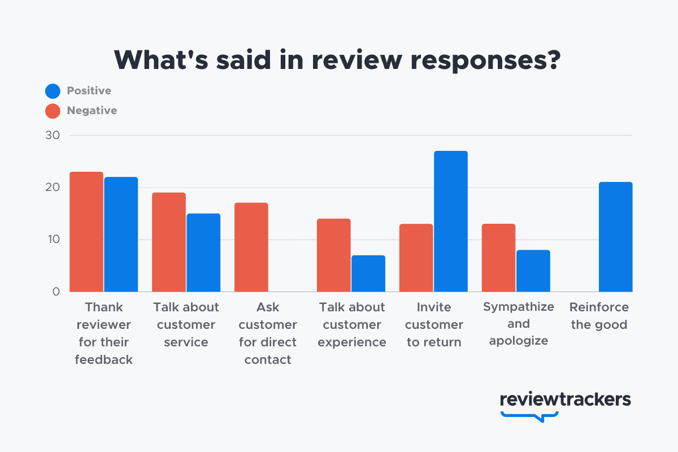 Source: ReviewTrackers
Source: ReviewTrackers
How reviews work on different platforms
There are many different online review platforms where consumers can leave feedback, some of which cater to specific industries like travel and restaurants.
Let’s take a look at how reviews work on some of the popular platforms.
Google My Business
Google My Business is linked to Google’s search engine. When customers search for a business, Google displays a listing alongside the search results called a Knowledge Panel (on the right):
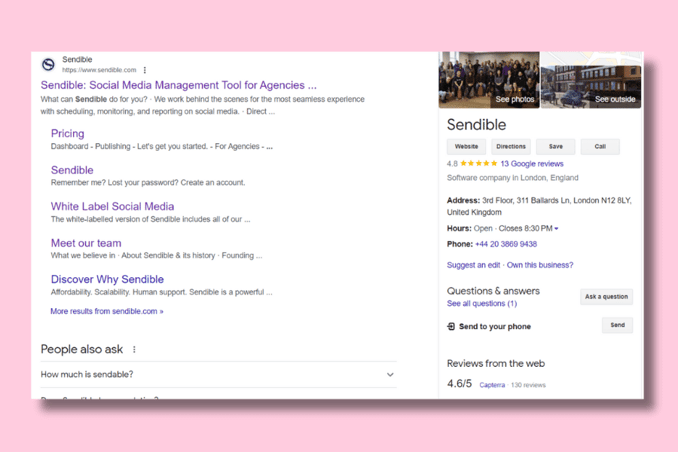
It includes details such as location, opening hours, and reviews, plus you can post regular content to your page to keep things fresh.
With Google My Business, you get the added bonus of reviews showing in Google Maps - even though you have to scroll down to them, or switch tabs. Compare the listings for Sendible:
| Google Search | Google Maps |
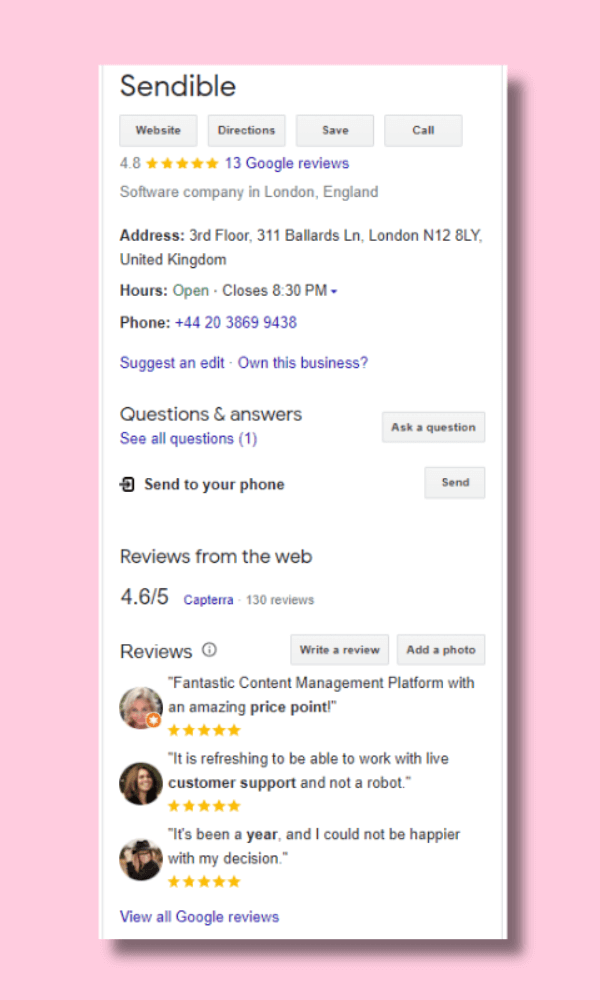
|
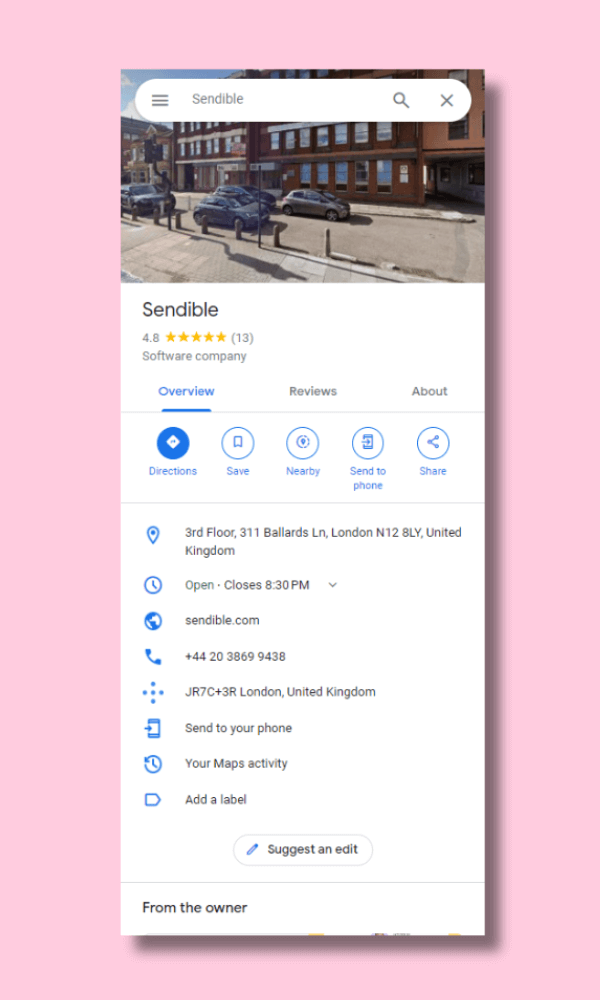
|
Yelp
Yelp is a review site where customers rate businesses on a 5-star scale. Restaurants, bars, doctors, dentists, hair stylists, and mechanics can list their businesses for free:
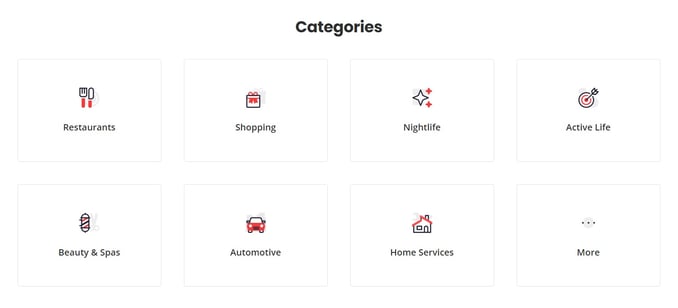
Yelp profiles include information like store hours, location, and reviews:
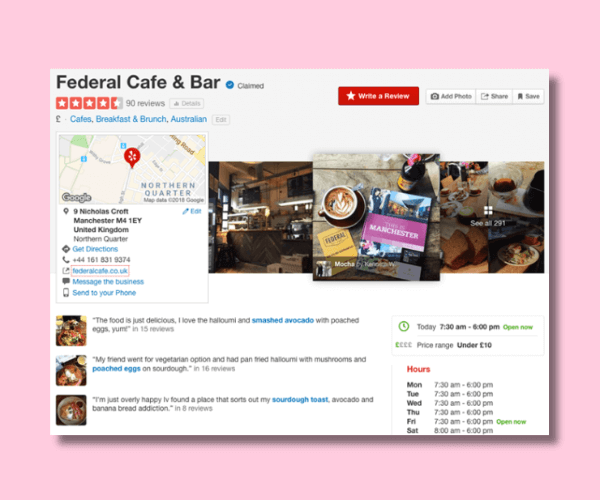
Customers can create their free profiles to rate businesses. By 2024 ‘Yelpers’ (as they’re known) had written 244 million reviews.
Yelp gets millions of users searching for legitimate reviews each month. And Yelp Nielsen study has revealed that 92% of users make a purchase after visiting the platform.
TripAdvisor
TripAdvisor is the largest travel site in the world, with over 988 million unbiased traveller reviews, plus other travel-related content. You need to be there if you or your clients are in the accommodations, airlines, experiences or restaurant industry. It’s the go-to site for travellers to plan their itineraries.
Check out our social media management tips for restaurants.
To succeed on TripAdvisor as a business, you need to master its Popularity Ranking:
“The closer you are to the top, the more likely it is that users will see your business.”
The algorithm is based on the quality, quantity, and recency of your customer reviews:

Trustpilot
Trustpilot is a review platform where consumers share experiences of products and services they’ve purchased. Every month, customers post 1.2 million new reviews and check 3 billion reviews:

Businesses can use the free basic version to capture and display reviews or use the premium features to create customized review forms, share results on social media, and track analytics.
Facebook has its own ratings and reviews system. Any registered Facebook user can leave their feedback on a Facebook Business Page. They can make the recommendation public, visible to friends or private.
Only recommendations that are shared publicly are included in your Page's overall rating. And ratings only appear if your Page has received enough recommendations.
Reviews appear on the left-hand side of your Facebook Page:
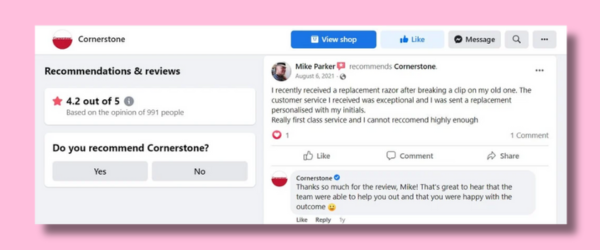 Source: @CornerStoneHQ
Source: @CornerStoneHQ
G2
G2 is a review platform for business software and services. So if you or your clients are SaaS or service-based company owners, you might want to try it.
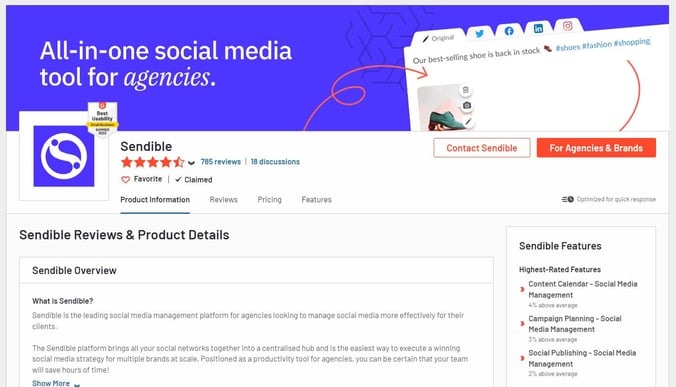
Other than collecting honest (and detailed) reviews, G2 allows brands to add product/service information, pricing, and features breakdown. Another great thing is that this review platform creates lists throughout the year and awards brands based on their performance with embeddable badges:
 Source: Sendible
Source: Sendible
Website
Not everyone uses the online review sites above. For those consumers who don’t, you could create a testimonial and review section on your client's website where they could leave feedback directly.
Platforms like GatherUp help businesses collect this direct feedback, also called a 1st-party review, as well as reviews on the other sites listed above. The benefit of these 1st-party reviews is they are owned by the business and therefore aren't affected by changes to Google, Facebook and other online review sites.
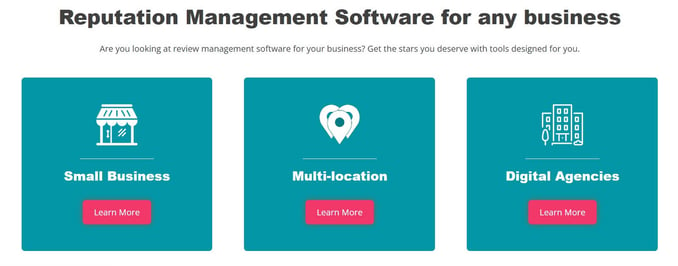
Another important benefit comes from displaying 1st-party reviews on the business' website. GatherUp uses review schema which can provide stars in search results and may indirectly help increase your search ranking.
Finally, GatherUp offers a feature Social Sharing, which helps you turn your reviews into stunning social media content you can post to your social media channels.
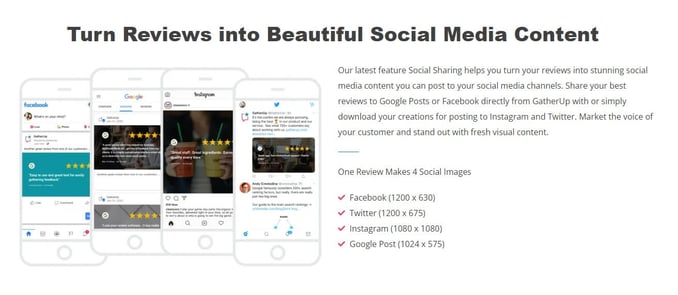
How to promote reviews and customer testimonials on social media
Having collected reviews and customer testimonials on various platforms, you need to share the good news with your audience. Here are five tips for promoting your client's customer feedback on social media:
- Keep the message short
- Use visuals
- Thank customers for their review
- Repost customer reviews
- Use a content calendar to optimise cross-promotion
1. Keep the message short
Don't fall into the trap of quoting an entire customer review on social media.
It's much better to pick an essential part and use it as an attention-grabbing headline. Then, if applicable, you can link to the full review in the body of your social media post.
Author Brent Jones shares clips on X (Twitter) that link back to a dedicated page on his website.
 Source: @AuthorBrentJ
Source: @AuthorBrentJ
2. Use visuals (images, photos, and videos)
Words alone are unlikely to capture the attention of social media users. That's why you need to get creative and use visuals to promote customer reviews.
Short-form, vertical video testimonials are possibly the best format, as you can repurpose them for Facebook and Instagram Reels, TikTok videos, Instagram Story, TikTok Story, YouTube Shorts.
Another great way to share received reviews is to take a screenshot of them and share it to your social media channel. WPX Hosting does exactly that:
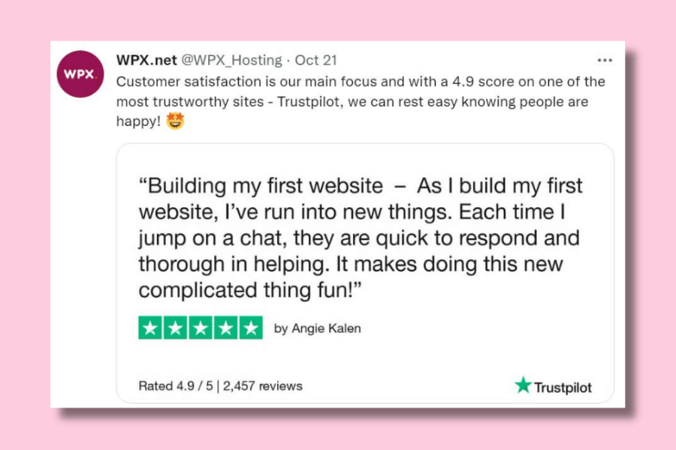 Source: @WPX_Hosting
Source: @WPX_Hosting
You can also design a branded social media posts that includes an essential quote from a longer review. We use this format for our Instagram posts, and we make sure to include a reminder and incentive for our existing customers to rate us and write an honest review on G2:
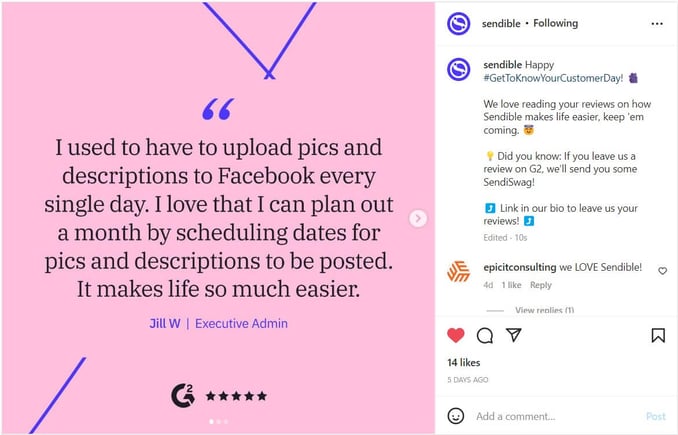 Source: @sendible
Source: @sendible
3. Thank customers for their reviews
Want to encourage more customers to share feedback on your client's product or service?
The best way is to thank customers for taking the time to share their feedback. A simple ‘thank you’ demonstrates that you read and appreciate all the feedback you receive.
Here, WPX Hosting thanks their customers for their podcast review:
 Source: @WPX_Hosting
Source: @WPX_Hosting
4. Repost customer reviews
Monitor your social media accounts to discover positive comments that customers post directly on social media.
You can reshare their posts on the same platform so that more people see the positive comments. While X (Twitter) is much more relaxed (you can simply use the Retweet button), reposting content as your own, say on the Instagram or Facebook Feed, is a different story. In this case, you need to obtain written permission from the user that it's okay to use their photo or video!
Here’s an example of a Retweet from Author Brent Jones:

On Instagram, you can take advantage of the Stories features to reshare customer feedback. You can share user posts to your Story. This way you won't have to ask for their permission as the post will be automatically linked to the original one.
Instagram also lets you share @Mentions in Stories. When a user mentions you in their Story, you'll receive a direct message notification. Then you can add it to your Story with a link back to the original user.
5. Use a content calendar to optimise cross-promotion
Getting the right balance in your client’s social media calendar is important. Too many customer reviews will make your content look over-indulgent and could drive potential customers away.
When you’re planning and scheduling content for the coming months, remember to include customer reviews alongside other content. It’s an excellent opportunity to reinforce key campaign messages with user feedback.
Combine the planned content with the spontaneous ‘Thanks’ and ‘Reshares’ to create the right mix and tone for you and your clients.
How to encourage customers to leave reviews
Now that you’ve seen how to promote reviews on social media, let’s look at how you can encourage customers to leave feedback:
- Use different review sites
- Direct customers to the review sites
- Ask for feedback at the right moment
- Respond to negative and positive feedback
1. Use different review sites
Not all consumers use the same review sites to leave feedback and reviews, so make sure you provide a few alternative places.
Choose the platforms best suited to your client's business. For restaurants and hotels this might be Google My Business, TripAdvisor, Yelp, and Facebook. But if you're a service or SaaS business, you might want to focus on G2 or your website.
When you use multiple review platforms, there’s a significant chance that your Yelp, TripAdvisor, and Facebook reviews will all appear in Google search results, as shown here for Starbucks:
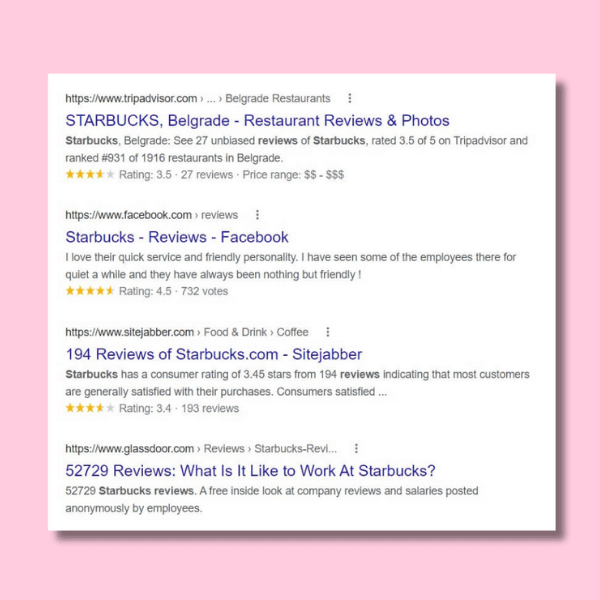
2. Direct customers to the review sites
Once you’ve decided where to gather feedback, ensure you guide customers there. For example, you can invite customers via email or add review forms on your client's website to collect feedback:

Trustpilot has both optimised and customised options:
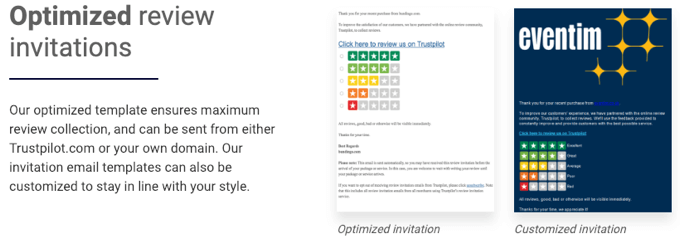
Bonus tip: You can also include some swag to encourage them to leave a review. Just make sure to remind them of it in your emails and social media posts.
3. Ask for feedback at the right moment
Timing is crucial when asking for customer feedback. Here are a few moments you could choose:
-
When they first buy your product
-
When you deliver your service
-
When they re-order an item
-
When they tag you on social media
-
When they open your app again
4. Respond to negative and positive feedback
When you respond to negative and positive feedback, you send a clear signal to users that you take the time to read and reply to everyone.
A 2018 study by Harvard Business Review discovered that replying to customer reviews results in better ratings overall:
“When hotels start responding, they receive 12% more reviews and their ratings increase, on average, by 0.12 stars.”
Conclusion
Sharing customer feedback via social media is an excellent way to build trust with your audience and promote your client's brand.
As more users join the various networks, you’ll have a growing audience looking for positive feedback on brands they’re researching. Make collecting positive customer reviews mandatory when you’re planning your client’s social media campaigns.


